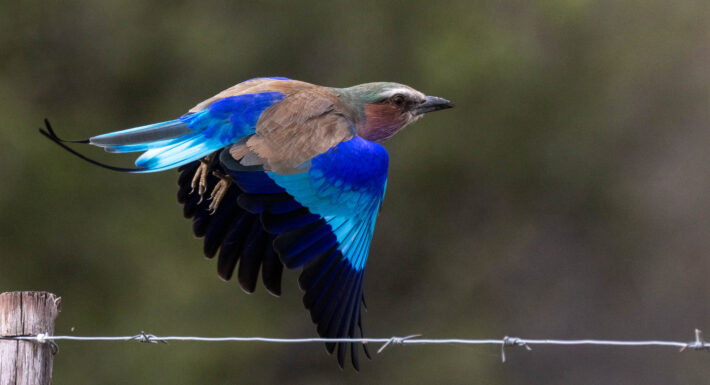
We have just returned from our our second trip to Africa in 6 months. We enjoyed our last trip here in October so much that when we returned and some friends suggested we go with them on a trip covering much on the same ground, we jumped at the the opportunity.
Our trip started out well in Johannesburg as we got there a few days early to recover from our trip (38 hours door to door) and adjust to the new time zone (9 hours time difference). We spent a couple days doing some bird photography in the Johannesburg area. We saw such birds as one of our old favorites and one of Africa’s prettiest birds, the Lilac-breasted Roller: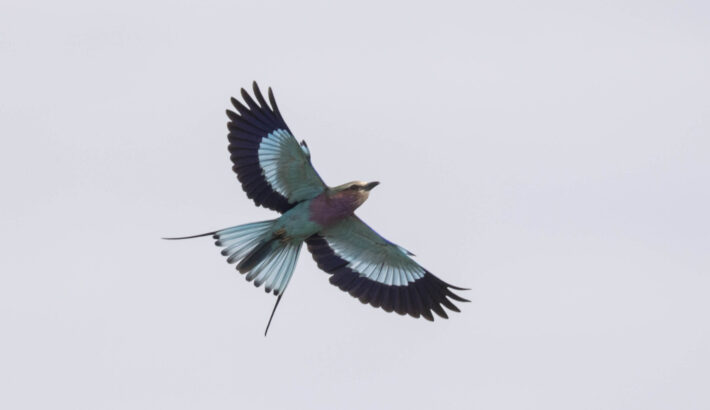
And a new one for us – the yellow-billed duck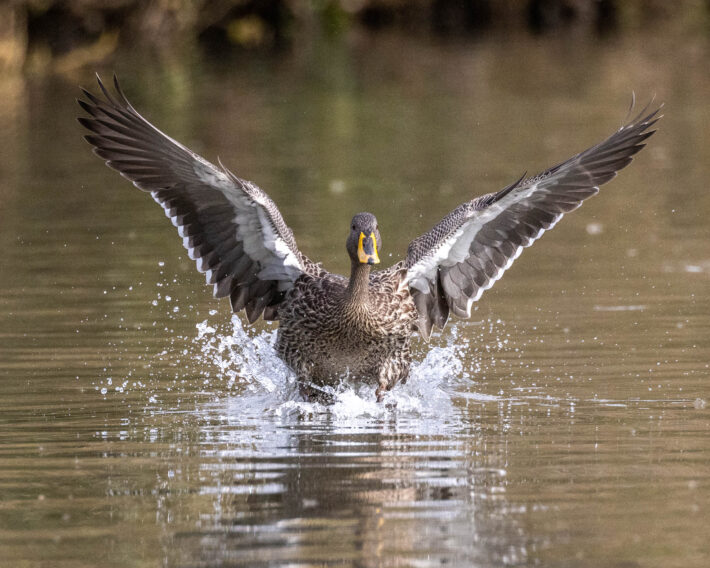
A feature of Africa wildlife is the constant battle for food and survival, and while not as dramatic as you see elsewhere in Africa, it was on full display even in our short time in Johannesburg (Grey Hornbill and Lilac Breasted roller with their catch)
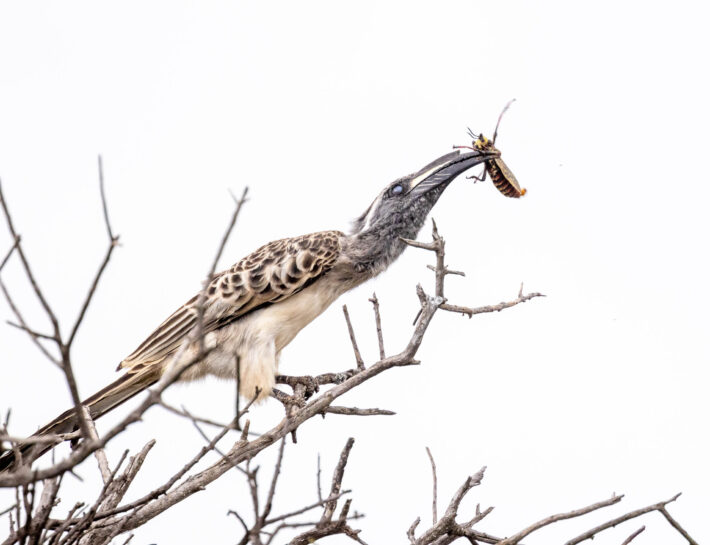
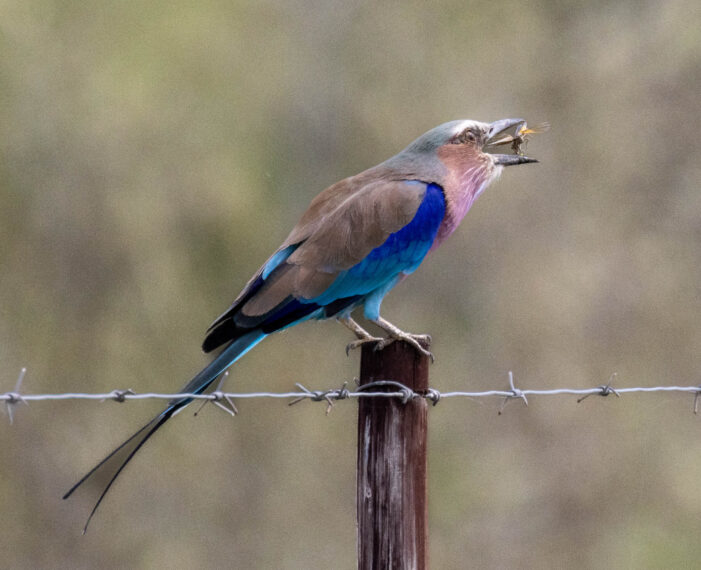
Thus we were fully ready to hit the ground running when our tour started. However nature wasn’t cooperating. We headed east toward Kruger NP to our first stop at a private reserve. Unfortunately it had rained a few days before, and there was plenty of water sources around. So instead of visiting the normally very busy blind at our our lodge, the wildlife went elsewhere and there was nothing at the blind (or any of the other water holes in the reserve). So our wonderful blind went to waste. But that is nature, it can throw you a curve ball anytime it wants to.
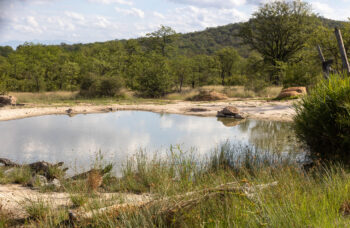
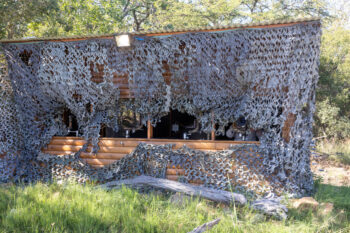
Even more unfortunate was there was not a Plan B, and we were told be be happy with the numerous dove and squirrels that did frequent the hide. While they were interesting to photograph, nobody flys half away around the world to Africa to photograph its squirrels or doves. But we were able to scrounge one game drive that featured more typical African wildlife photograph experiences, such as being chased by an old bull (note the missing tusk) and encountering a second member of the the Big 5, a rhino
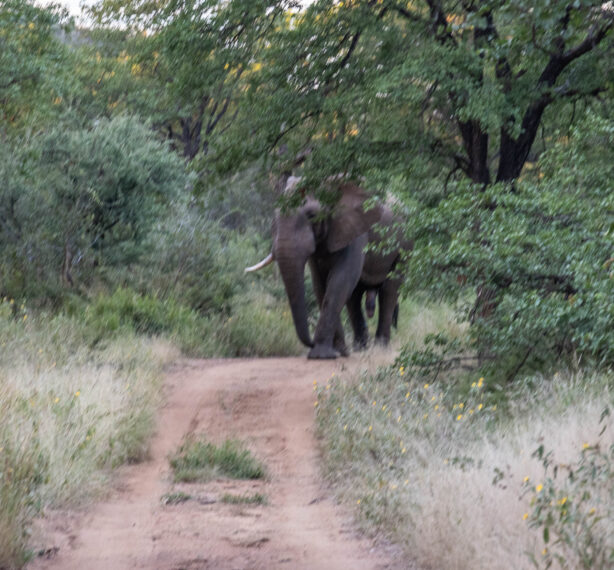
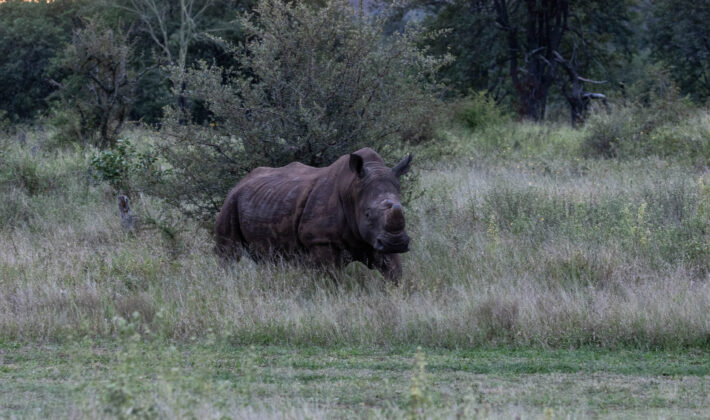 And the baboons made an entrance at the water hole one morning, giving us a mammal to shoot that was more interesting than a squirrel.
And the baboons made an entrance at the water hole one morning, giving us a mammal to shoot that was more interesting than a squirrel.
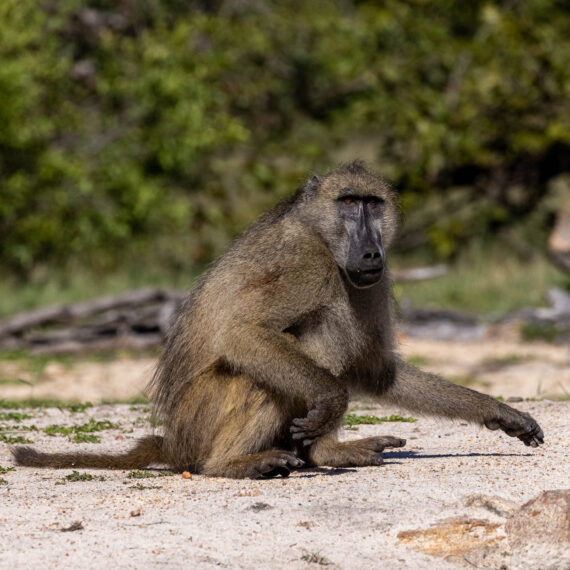
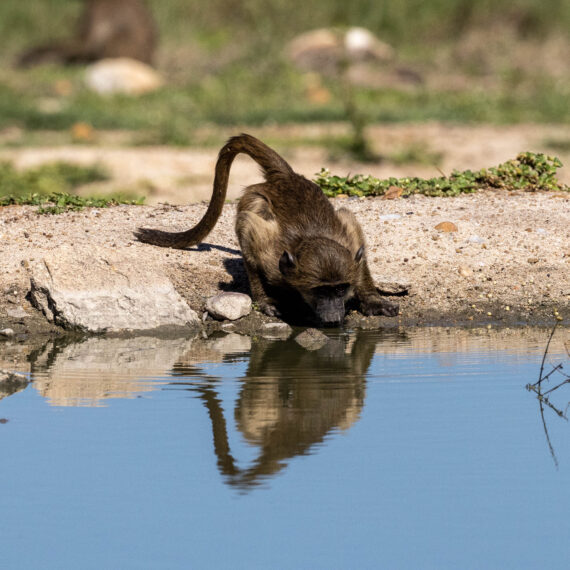
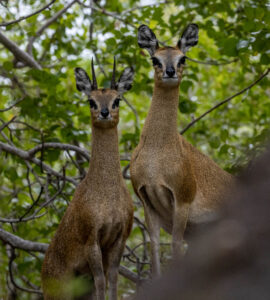
The area we were staying was known for its Klipspringers, a smaller antelope (3 feet tall), and we were blessed when a couple of locals visited the lodge where we were staying.
When traveling in Africa, an important trait to have is flexibility. In addition to the unpredictability of nature, itinerary changes can happen at any time as flight times change, etc. Well, we had a first on this trip as at the last minute we had to cut our stay at out first lodge by a day and move to another lodge in the reserve. However, this turned out to be a blessing in disguise as our new lodge had wildlife viewing on site. It featured Impalas running and jumping 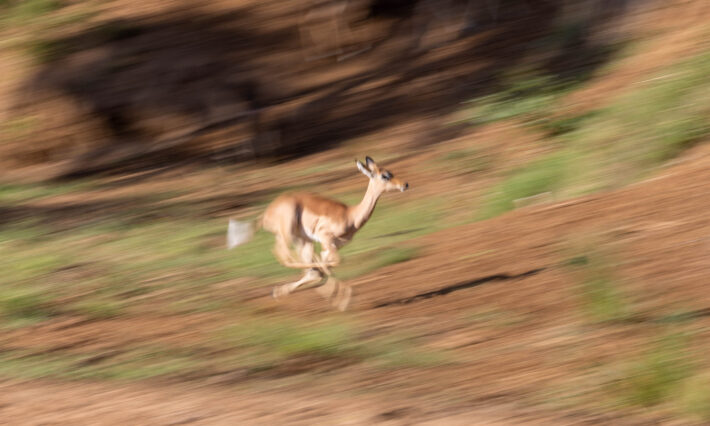
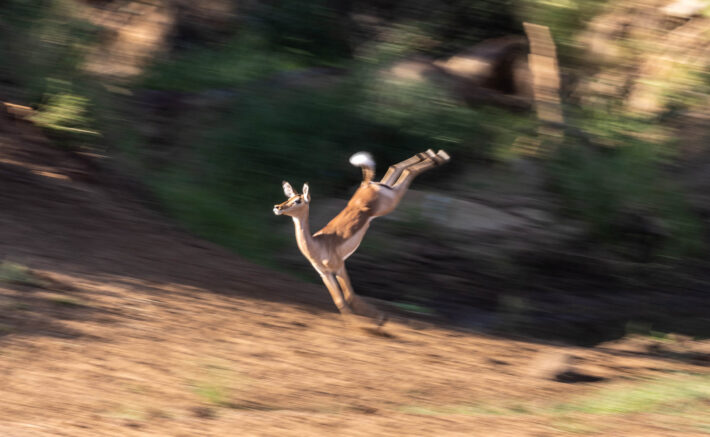
and Green Wood Hoopoes eating, and battling for water from a leaking garden faucet.
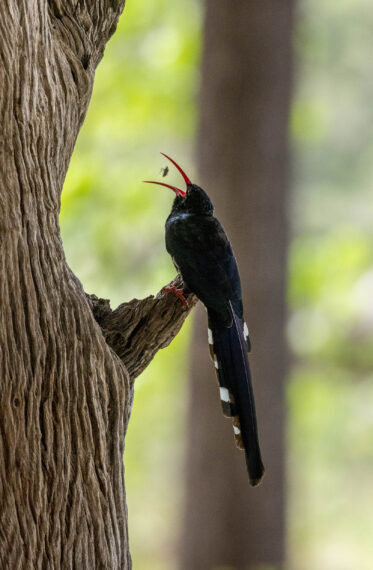
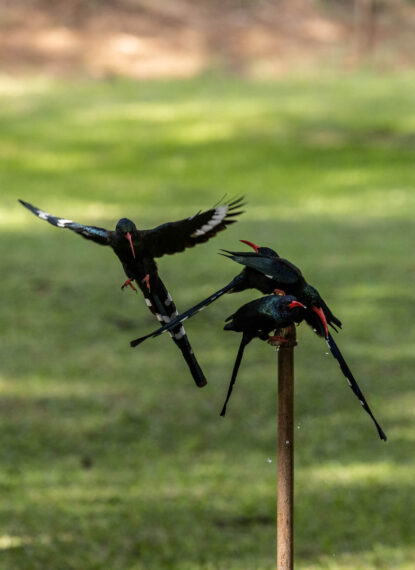 .
.
Now it is off to the next stage of our adventure, a private reserve in the central part of South Africa featuring two of Africa’s big cats: cheetahs and lions. Reports on the rest of the trip can be found here:
Cheetahs out
The Tide Turns?
Zimbabwe